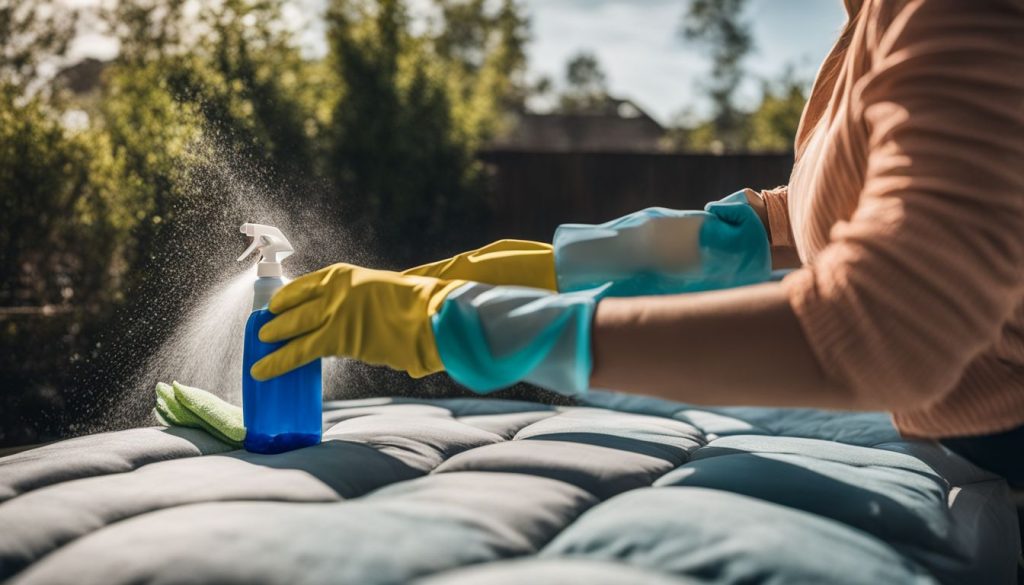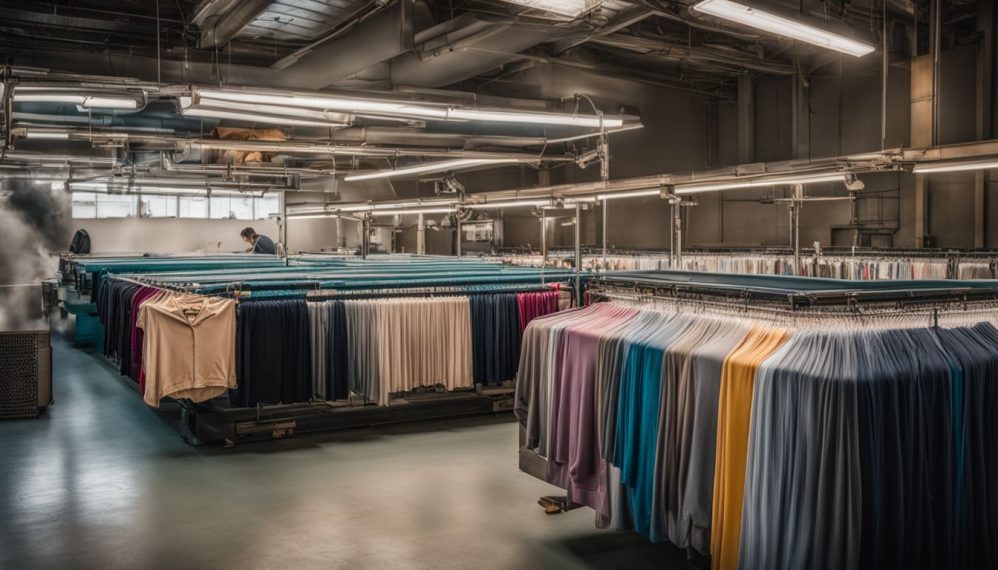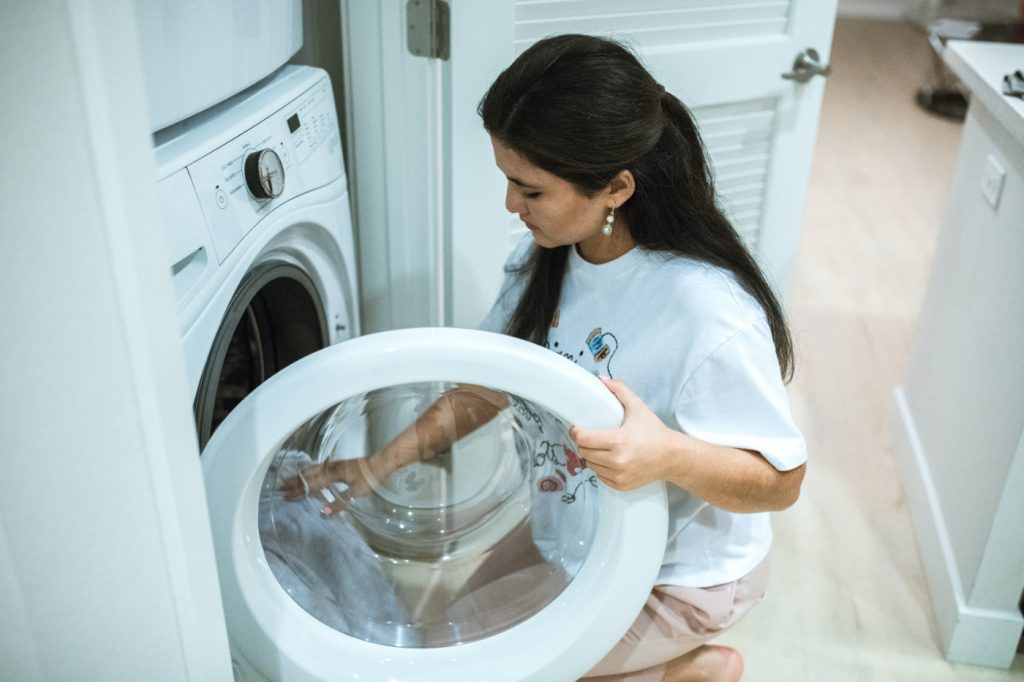
Do Dry Cleaners Clean Hats? A Complete Guide To Hat Cleaning
Maintaining your style game means keeping even the smallest details sharp, and a grimy hat can easily derail your look. Whether it’s a cherished baseball cap or a sophisticated wool fedora, ensuring the cleanliness of your headwear is crucial for both its endurance and aesthetic appeal. In this blog post we’ll answer the question, do dry cleaners clean hats? As well as deep diving into the world of hat care, addressing common concerns such as whether dry cleaners are equipped to handle your headgear, offering step-by-step guidance on the delicate art of hand-washing caps without distorting their shape, and even sharing expert insights on conquering tenacious stains. So, don’t click away just yet – this informative guide could be the savior your beloved headpieces have been waiting for!
Key Takeaways
- Dry cleaners may not always be the best option for cleaning hats due to potential risks and alternative methods available.
- Hand washing in cold water with mild detergent is a safe and effective method for cleaning hats.
- Alternative methods such as spot cleaning, talcum powder application, and machine washing can also be used depending on the type of hat.
- Proper drying techniques include air drying, laying flat to dry, or hanging to dry without using heat sources.
Can Hats be Taken to Dry Cleaners?
Dry cleaning may not always be the best choice for cleaning hats due to potential risks and the availability of alternative methods.
Recommendations for Hat Care
Properly caring for your hats extends their lifespan and keeps them looking fresh. Always check the hat’s label for specific cleaning instructions before attempting any cleaning routines.
When no guidance is provided, hand washing in cold water with mild detergent proves to be a safe and effective method. Avoid using hot water, as it can cause colors to fade or bleed. For stubborn stains, use a soft bristle brush to gently scrub the affected area.
Air drying is highly recommended after cleaning. To ensure the hat retains its shape while drying naturally, place it over an upside-down bowl. Keep hats away from heat sources like radiators or direct sunlight during this process, as they can potentially warp or shrink.
Lastly, regular light cleaning goes a long way. Wipe down your hats after wearing them to prevent dirt buildup and discoloration.
Alternative Cleaning Methods
Many hat owners prefer alternative cleaning methods, as dry cleaning may not always be suitable. One popular option is hand washing, which involves soaking the hat in a mixture of warm water and mild detergent and gently scrubbing off dirt and grime. After washing, airing the hat in the sun can effectively remove odors and stains.
Potential Risks of Dry Cleaning
Dry cleaning, although effective at removing stains and odors, comes with its own set of risks. The process involves the use of chemicals such as perchloroethylene (perc), a solvent that can cause health issues with prolonged exposure. These health hazards can affect both the workers who handle it regularly and the customers using dry-cleaned items.
Another significant risk is the potential fire hazard associated with this cleaning method. Solvents used in dry cleaning are often highly flammable, posing a risk of ignition if not properly managed.
Additionally, there are ergonomic risks for employees who work long hours in awkward positions or engage in repetitive motions, which can lead to strain injuries.
Moreover, there may be difficulties with colorfastness in hats during the dry-cleaning process, potentially leading to color fading or running, reducing the overall appeal of your favorite hat.
Lastly, improper disposal or management of these solvents could contribute to environmental pollution, increasing contamination risks associated with dry cleaning processes.
How to Clean a Baseball Cap Without Ruining It
Cleaning a baseball cap without ruining it can be achieved through spot cleaning with mild detergent or by using gentle hand washing techniques.
Spot Cleaning
Spot cleaning is an excellent method for cleaning baseball caps without causing any harm. By applying a small amount of cleaning solution or stain remover to specific dirty areas, you can effectively remove stains and grime without subjecting the entire hat to a full wash.
Before applying the solution, it’s crucial to test it on a small, inconspicuous area of the cap to ensure it won’t cause fabric discoloration or damage. To spot clean a baseball cap, dip it into a water mixture and gently scrub the soiled areas using a solvent-based product or shampoo with a toothbrush.
This targeted approach allows you to address problem areas while preserving the overall quality and shape of your hat.
Hand Washing
Hand washing is the recommended method for cleaning a baseball cap without causing any damage. Compared to other cleaning methods, hand washing yields cleaner results, which is especially important for vintage caps or those made from delicate materials.
By carefully washing the hat by hand, you can prevent damage and ensure that your hat remains in good condition for an extended period. It’s crucial to exercise caution when washing baseball caps to avoid any unintended consequences or the risk of ruining the hat altogether.
Drying Techniques
To properly dry a baseball cap after cleaning, there are several effective techniques to consider:
- Air Drying: The best way to achieve optimal results is to let the cap air dry naturally. Place it on a clean surface, such as a countertop or towel, allowing the air to circulate around it. This method helps maintain the shape and fabric of the hat.
- Laying Flat to Dry: Another option is to lay the cap flat on a clean towel or drying rack. Gently reshape it if necessary and leave it undisturbed until it is completely dry. This technique works well for hats with brims or structured designs.
- Hanging to Dry: Alternatively, you can hang the cap to dry using a clothespin or clip attached to the brim or strap. Ensure that it is hung in an area with good ventilation and away from direct sunlight.
Tips and Techniques for Hat Cleaning
Let’s review the essential materials needed for hat cleaning, proper rinsing and drying techniques, and how to effectively tackle specific stains in this comprehensive guide.
Materials Needed
To successfully clean your hats, gather the following materials:
- Hat
- Laundry detergent
- Cleaning gloves
- OxiClean alternative (or a similar product)
- Toothbrush
- Towel
- Stain remover
- Hat care products
Proper Rinsing and Drying
Achieving a thorough hat cleaning requires following the correct rinsing and drying procedures:
- Gently rinse the hat under cool running water to remove any dirt or debris.
- Employ a mild detergent or specialized hat cleaning solution to spot clean any stains on the hat.
- Rinse the hat thoroughly with cool water to eliminate any residue from the cleaning solution.
- Pat the hat gently with a towel to remove excess moisture.
- If necessary, reshape the hat and place it on a clean towel or drying rack in a well-ventilated area.
- Allow the hat to air dry completely before wearing or storing it.
Handling Specific Stains
Effectively managing specific stains on hats requires the right techniques and tips in your cleaning repertoire. One proven method is to apply a small amount of powder directly onto the stain and allow it to absorb for a few minutes before gently brushing it off. This approach helps lift and remove the stain without causing damage to the hat material.
For more persistent stains that resist spot cleaning, consider creating a potent cleaning mixture using OxiClean or another suitable detergent.
Remember, when dealing with wool hats, avoid vigorous rubbing as it may potentially damage their delicate texture. Instead, opt for gentle brushing motions when removing stains from wool hats.
Dos and Don’ts of Hat Cleaning
To keep your hats in pristine condition, it’s essential to follow these dos and don’ts when cleaning and preserving them:
Avoiding Certain Cleaning Methods
Do’s:
- Do consult professional hat cleaning services for delicate or expensive hats, especially if you’re unsure about cleaning them yourself.
Don’ts:
- Don’t machine wash your hats, as it can cause damage and distort their shape.
- Don’t use harsh chemicals or bleach when cleaning your hats, as they can cause discoloration or weaken the fabric.
- Don’t scrub aggressively when spot cleaning your hats; instead, gently blot any stains.
- Don’t put your hats in the dishwasher for cleaning, as the hot water and agitation can ruin their shape.
- Don’t use a dryer to dry your hats, as heat and tumbling can alter their shape and size.
Tips for Preserving Hat Shape
Preserving the shape of your hat is crucial for maintaining its appearance:
- Store your hats in a cool, dry place to prevent them from losing their shape.
- Use hat boxes or shelves specifically designed for hats to avoid crushing or squashing them.
- Avoid hanging your hats on hooks or pegs, as this can cause them to stretch and lose their form.
- If your hat becomes misshapen, use a steam iron on a low setting to gently reshape it.
- For straw hats, use a hat stand or stuff the crown with tissue paper to maintain its shape when not in use.
- Avoid excessive handling of your hats, as this can lead to deformation.
Professional Hat Cleaning Services
Professional hat cleaning services offer a convenient and effective solution for those looking to maintain their hats in top shape. These services ensure your hats receive the proper care and maintenance they need without risking damage or altering their shape.
With specialized equipment, techniques, and expertise, professional cleaners can effectively remove dirt, stains, and odors from all types of hats while preserving their quality. Whether you have a cherished baseball cap or a fancy fedora, turning to professionals for hat cleaning will provide peace of mind, knowing that your favorite headwear is in capable hands.
Common FAQs about hat cleaning
There are several questions that people commonly ask when it comes to hat cleaning. Some wonder about the best methods to clean their hats without causing damage, while others are curious about how often they should clean their hats, among other questions. These FAQs below can provide answers to some of the most common queries.
| Question | Answer |
| Can I wash my hat in the washing machine? | You can wash your hat in the washing machine as long as the brim is not made of cardboard. It’s crucial to check if the hat has a cardboard or plastic brim before washing. |
| Is there an alternative to washing my hat in the sink? | Yes, washing a hat in a bucket or basin is a suitable alternative to washing it in the sink. |
| How can I maintain the shape of my hat during washing? | Using a hat mold can help maintain the shape of the hat during the washing process. Treating, cleaning, and drying a hat properly is also vital to maintain its shape and quality. |
| Can I put my hat in the dishwasher? | It’s not recommended to put your hat in the dishwasher or dryer because it may not be colorfast and could lose its shape and quality. |
| What is the best way to clean a baseball cap? | The best way to clean a baseball cap is to skip the laundry machine and dishwasher. There are three different ways to clean baseball hats effectively without losing their shape, including spot cleaning, hand washing, and using specific drying techniques. |
Conclusion
In closing, while dry cleaners may offer hat cleaning services, it is generally recommended to hand clean hats for the best results. This comprehensive guide has provided various methods and tips for safely cleaning hats at home, including spot cleaning and hand washing techniques.
By following these guidelines, you can effectively clean your hats without damaging them or compromising their shape. Keep your hats looking fresh and well-maintained with proper care and regular cleaning.
FAQs
1. Can dry cleaners clean hats?
Yes, many dry cleaners offer hat cleaning services to safely and effectively clean your hats without causing damage.
2. How often should I have my hats cleaned?
The frequency of hat cleaning depends on how frequently you wear them and the level of dirt and sweat accumulation. Generally, it’s recommended to have them professionally cleaned every 6-12 months or as needed.
3. What types of hats can be cleaned by dry cleaners?
Dry cleaners can clean a wide range of hats including wool, felt, straw, cotton, and silk hats. It’s best to check with your dry cleaner for specific hat materials they can handle.
4. Will the cleaning process shrink or damage my hats?
Professional dry cleaners are skilled in handling different fabrics and ensuring proper cleaning techniques that minimize the risk of shrinking or damaging your hats. However, it’s important to follow care instructions provided by the manufacturer when possible.
5. Are there any alternatives to professional hat cleaning?
While professional hat cleaning is recommended for delicate or expensive hats, some less delicate fabric caps may be hand washed using mild detergent in cold water following specific care instructions found on the label or inside lining if applicable.
























